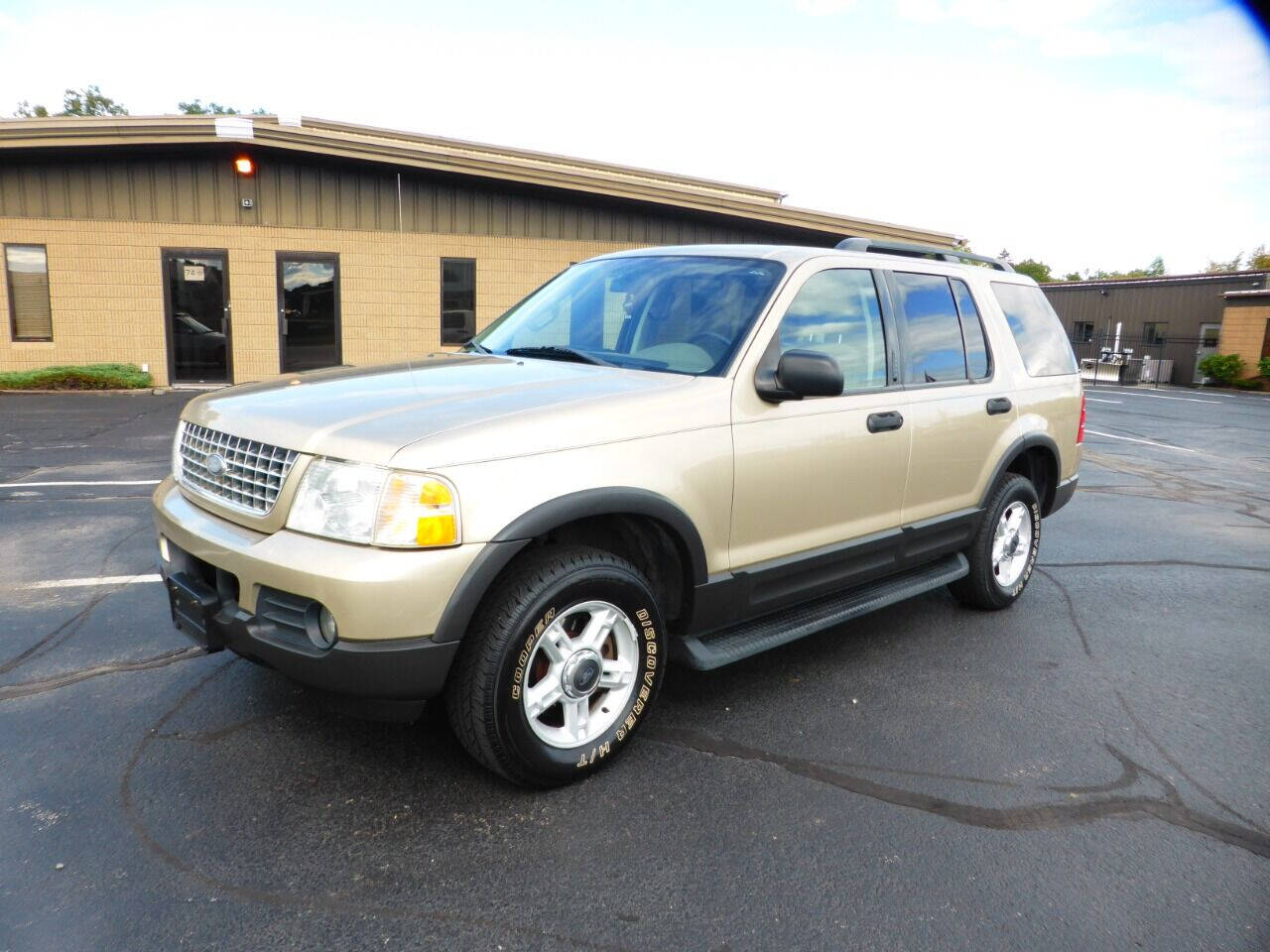

Unfortunately, the ride was rough and somewhat unstable with Firestone tires, which had also been linked back to some first-generation Explorer rollover accident.įor the third generation Explorer, safety upgrades were made early on, especially with the rear suspension and stability control, and the third-row seat was added in a completely redesigned SUV that looked very similar to its older sibling the Ford Expedition. Before long, the V-6 would be available with the same amount of horses. With the second generation, the engine gained yet another 5 horses and then there was also the option for a 5-liter V-8 engine with 210 horsepower and multiple trim options. In 1993, engine output was raised by 5 horses and a 5-door body style was added. It was armed with an A4LD automatic 4-speed transmission or a M5OD manual 5-speed transmission, in addition to a 4.0-liter V6 engine that could produce up to 155 horsepower.

Replacing the Bronco II, the first generation was sold between 19 as 2-door and 4-door vehicles with four trim levels. Spanning 25 years, there have been five generations of Ford Explorers. Today's Ford Explorer receives high ratings on crash tests and has a good overall safety record thanks to its tough construction that has the ability to handle even the most challenging driving terrains. Though the Explorer has hit its head against the brick wall a couple of times over the years in the safety department, it has been able to come out on top and remain a family-friendly, high-performance, fuel-efficient SUV with car-like handling and a comfortable interior.


 0 kommentar(er)
0 kommentar(er)
